
The first time Abbas Hajimohammadi Saniabadi visited a hospital in Tehran, where patients suffer from mental disorders like schizophrenia, he had one question for the head doctor: Can I come back?
It was mid-2012 and he wanted to document what life was like there for the hundreds of men and women being treated. The doctor eventually agreed. Hajimohammadi Saniabadi, now 30, traded in his old-model Nikon and sold his car, a Hyundai, to buy a Nikon D700 and get started on what would become his first story. He and the doctor set up four quick visits — but by year’s end, he would make nearly a dozen more.
“When you go inside there, you think you have walked into another world because the patients don’t think the way you do, they don’t behave the way others behave,” he said over Skype. “You don’t feel that they have a bad life because they don’t know what is happening. They think this is life and they kind of like it.”
The patients have television and air conditioning, an ambulance and good doctors. Certain medications can be hard to get, since international sanctions imposed on Iran have caused prices of various goods to soar. Hajimohammadi Saniabadi said most patients spent their days the same way: They wake up, walk around inside or within the fenced yard, talk to themselves or one another or visitors, take medicine after every meal, then go to sleep. That presented a challenge of how to capture not only their unique plight, but also the way their imaginations countered the systemic monotony of their days.
So he got to know them—in the line waiting for cigarettes (frame #2), in the yard (frame #4), in their rooms (frame #10). The more he did that, the more he understood their lives were largely divided into two parts: one where everything is okay, and one where they think they’re someone else, somewhere else.
With that in mind, Hajimohammadi Saniabadi sought out scenes where situations unfolding in the foreground were at odds with what was visible in the background. “Someone’s in the front, but something is happening in the back,” as he put it. “And maybe what is happening in the back is the patient’s mind.”
Hajimohammadi Saniabadi speaks about the patients with calculated compassion. He recognizes that, after decades of living a good and normal life, mental illness overtook them and now they’re here. He laments their status but respects their will. He sees that they’re not all there, but that they’re not all gone, either.
“With some of them, you think their disorder is above normal,” he said. “But others, when you talk with them, they seem good, that they shouldn’t be here. But even with those men and women, the more you talk with them, you can eventually see their problem.”
His goal while making these pictures was to show that people aren’t solely defined by their illnesses. Some are lucky and evade it their whole lives; others play the hand they are dealt, however surreal it may become.
He hasn’t been back to photograph at the hospital since late 2012, but said it’s still in operation. Since then, he’s begun work on a new street photography project.
Abbas Hajimohammadi Saniabadi is a photographer based in Tehran.
Andrew Katz is a reporter with TIME covering international affairs. Follow him on Twitter @katz.
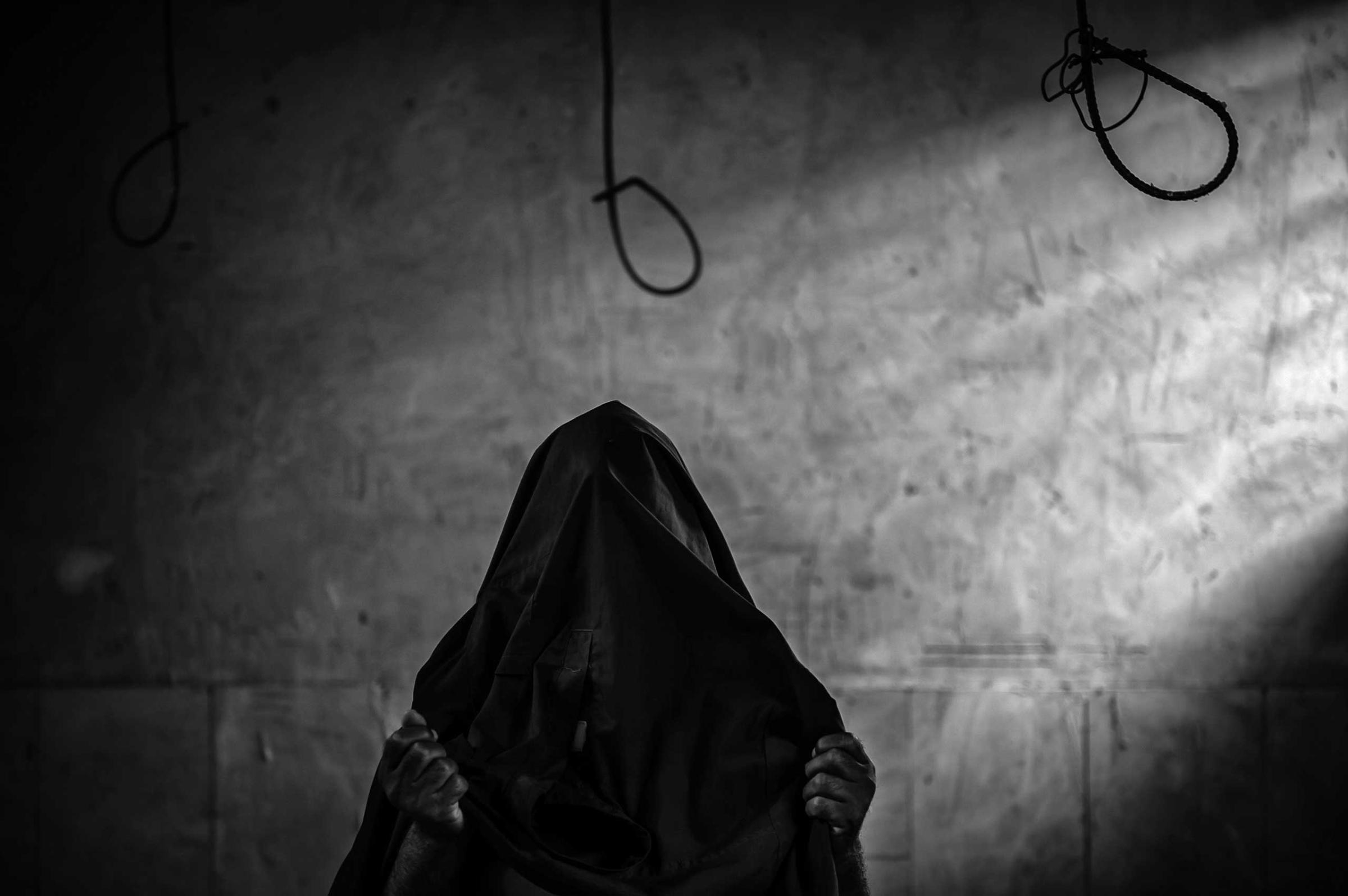

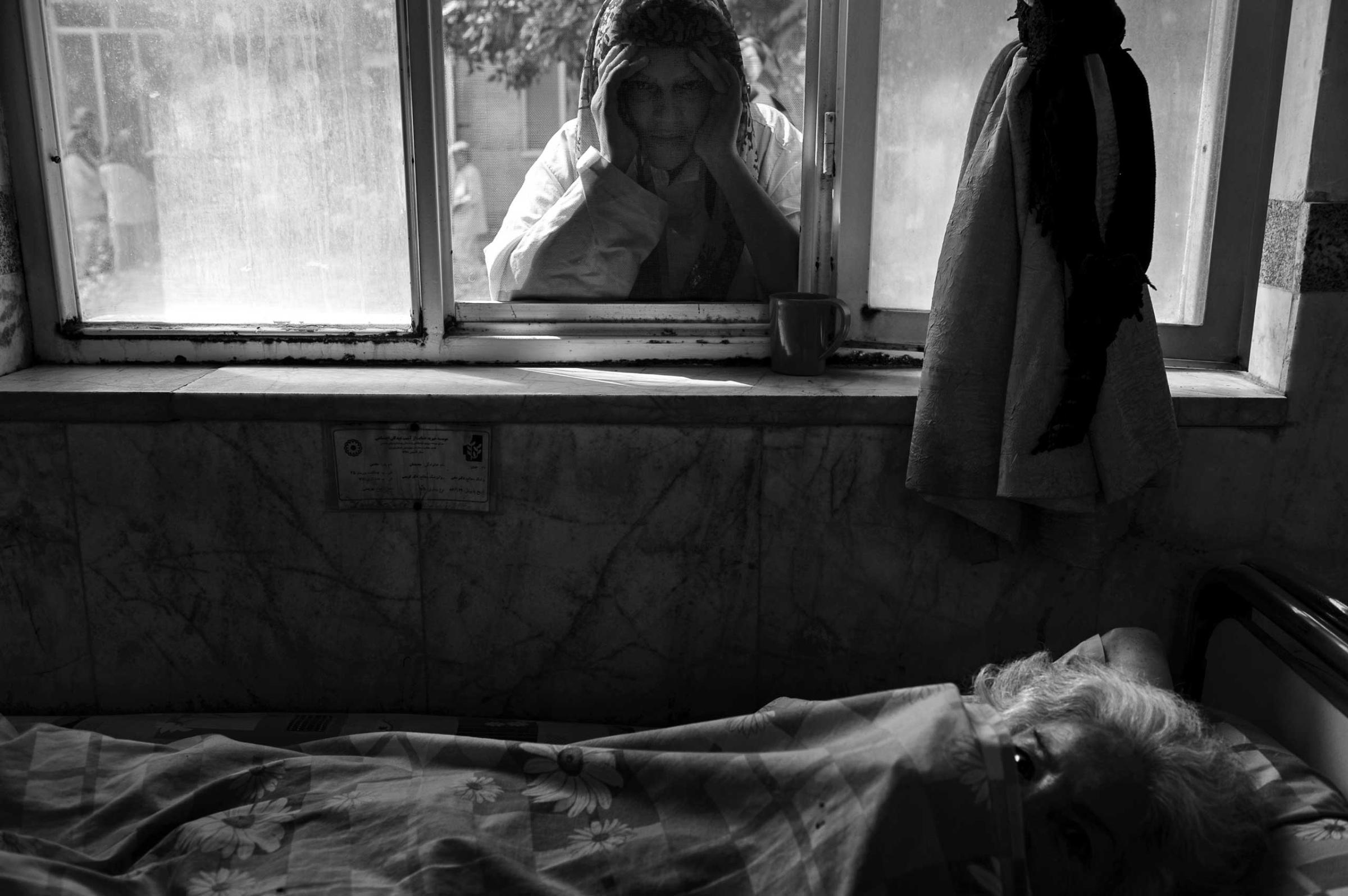
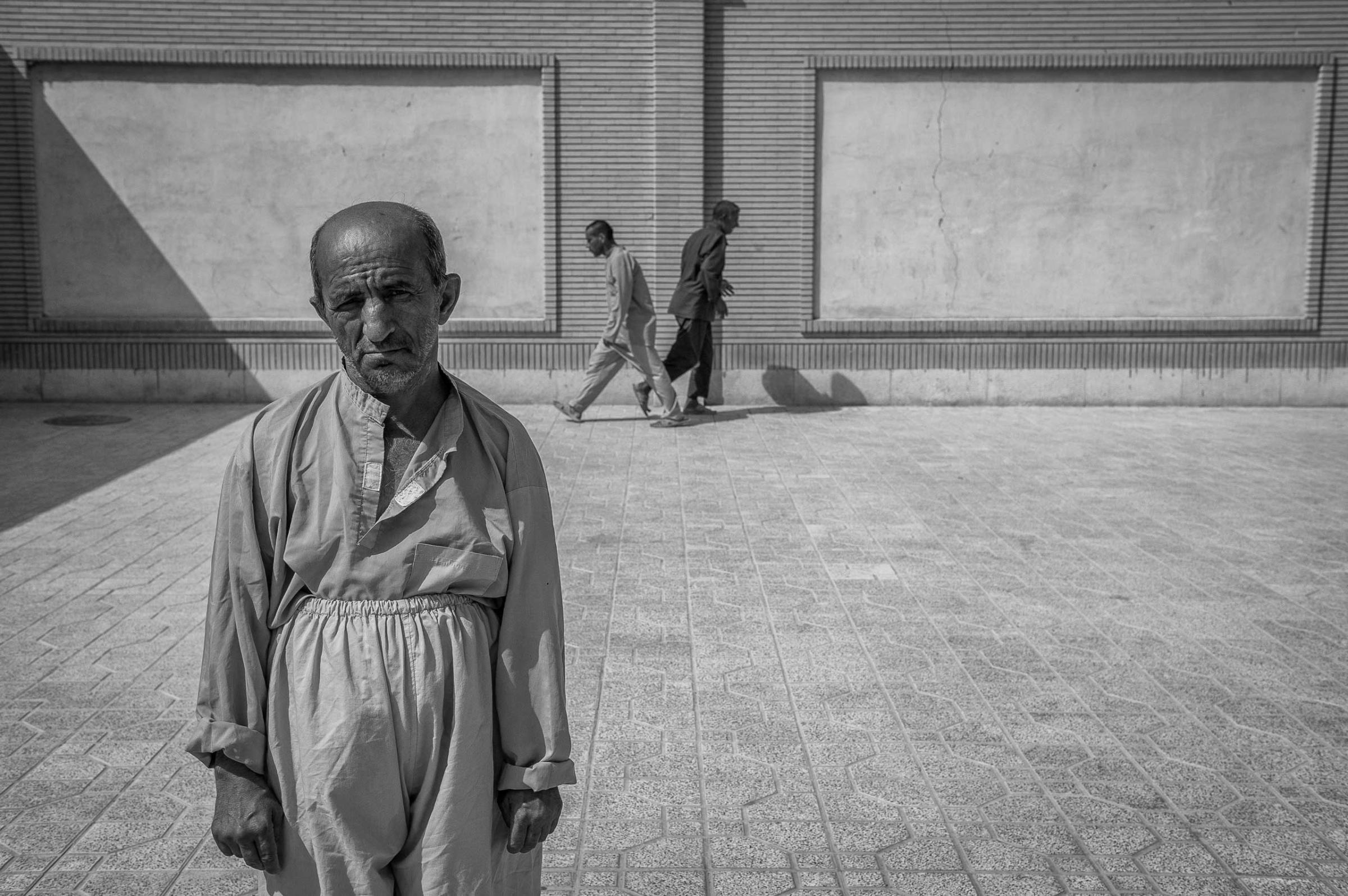
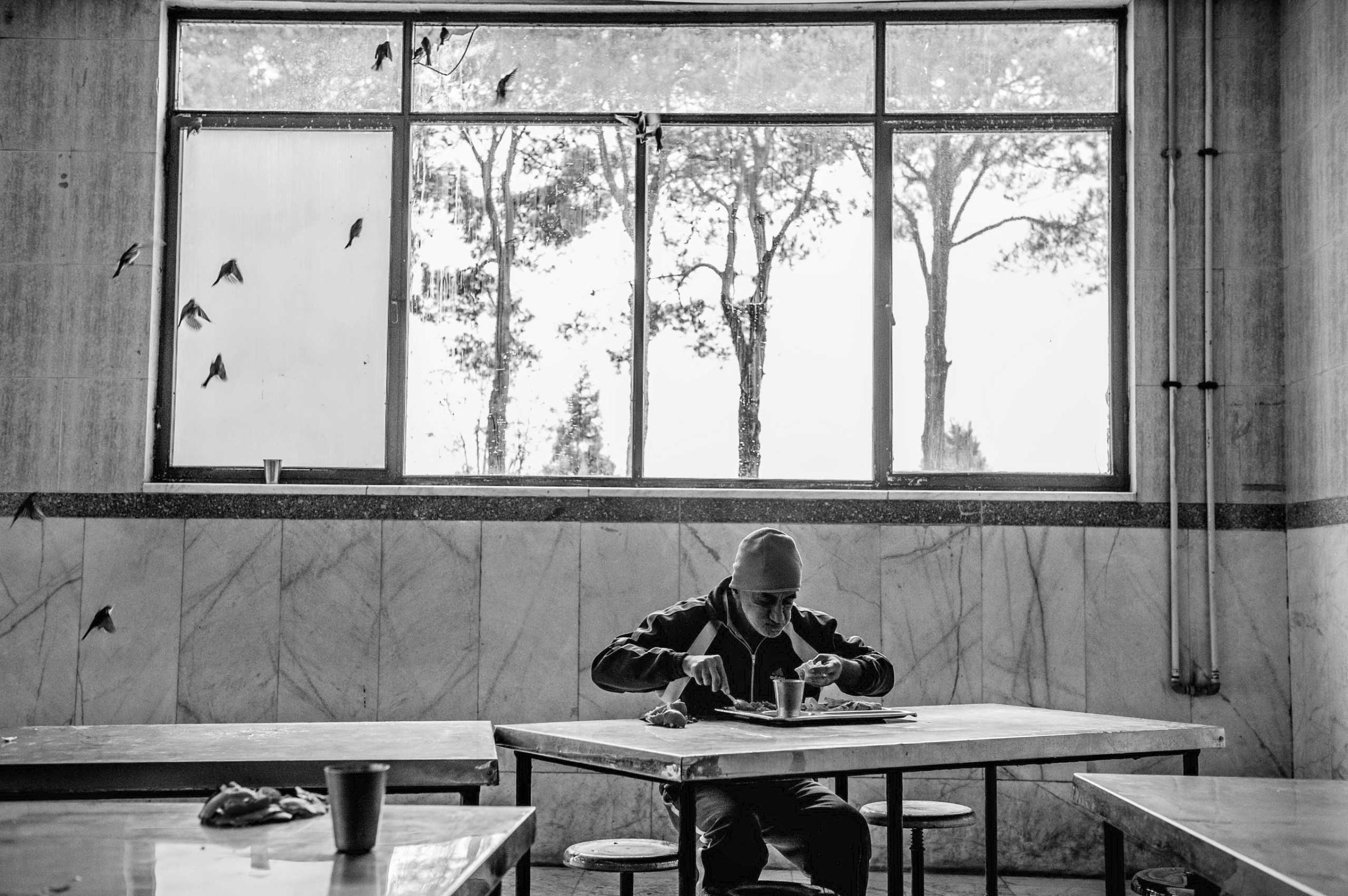

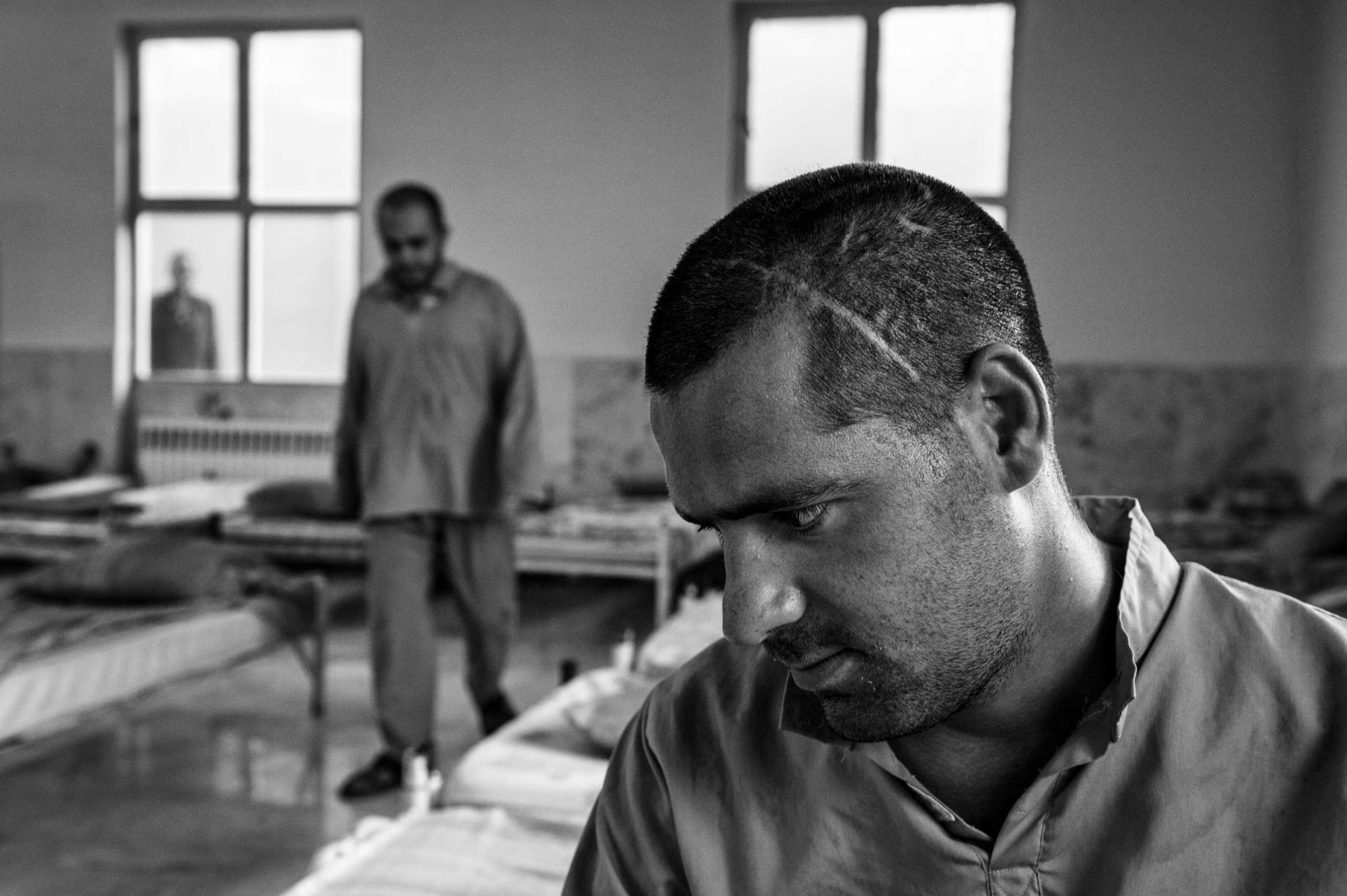
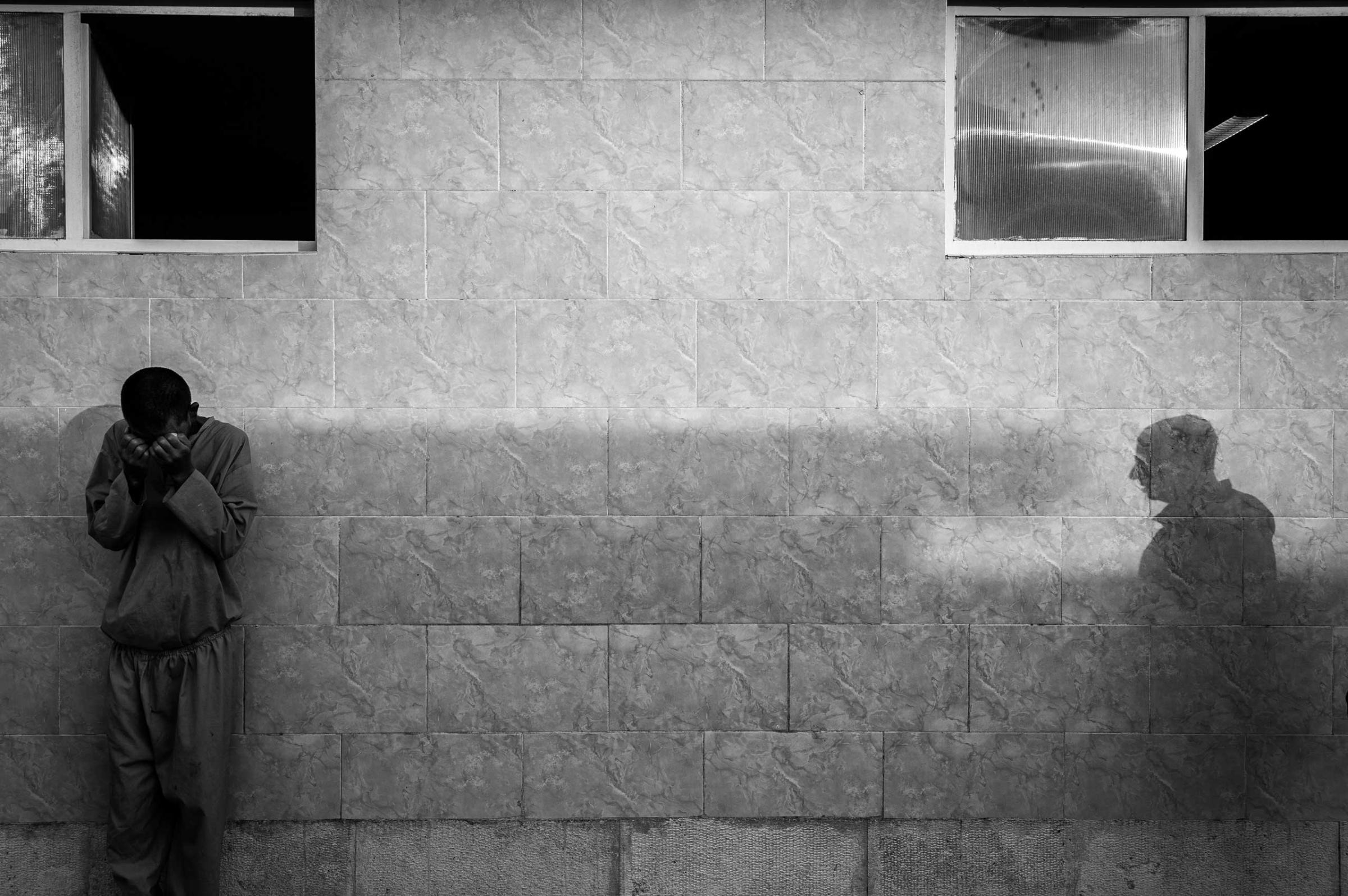

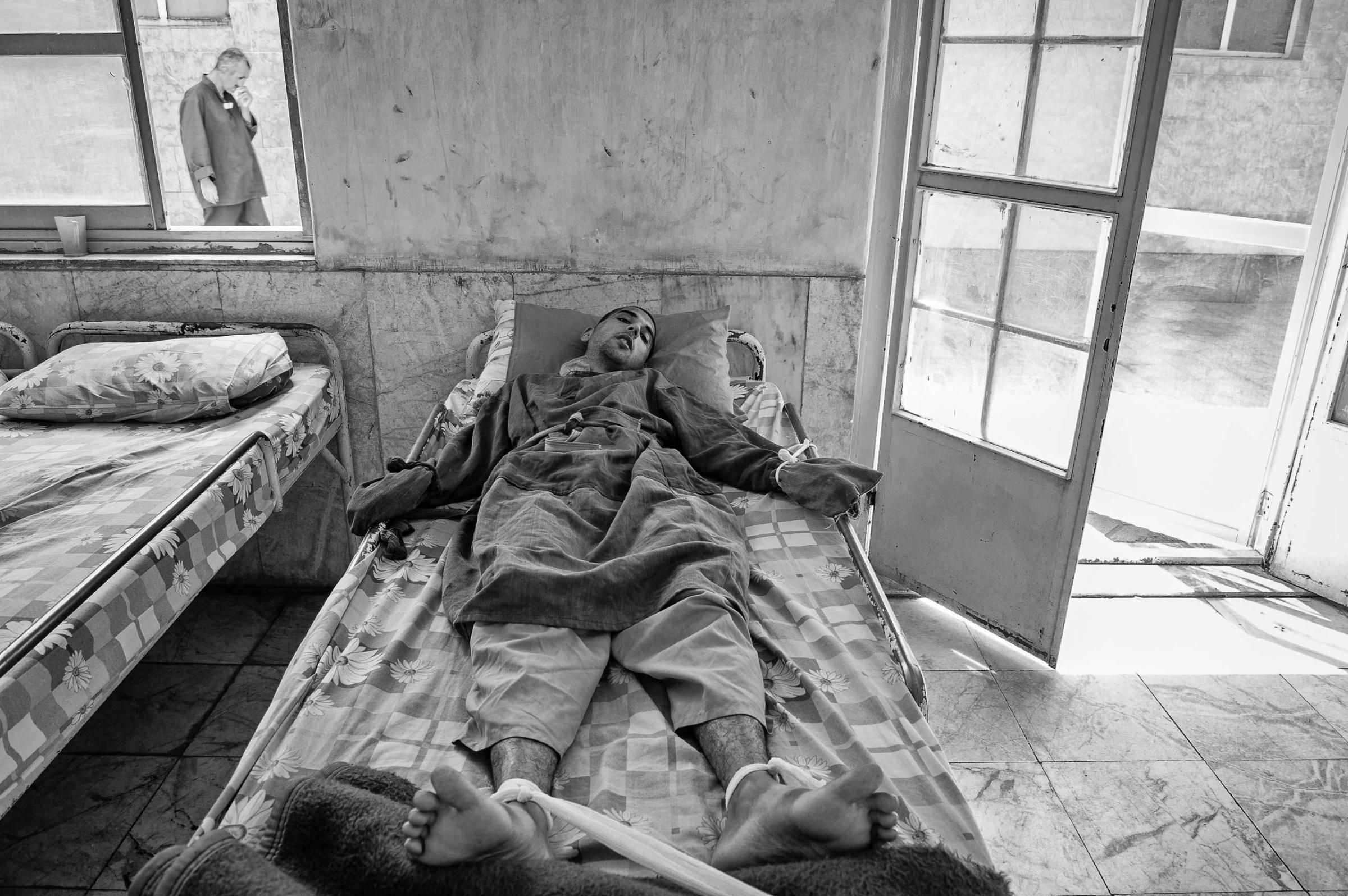
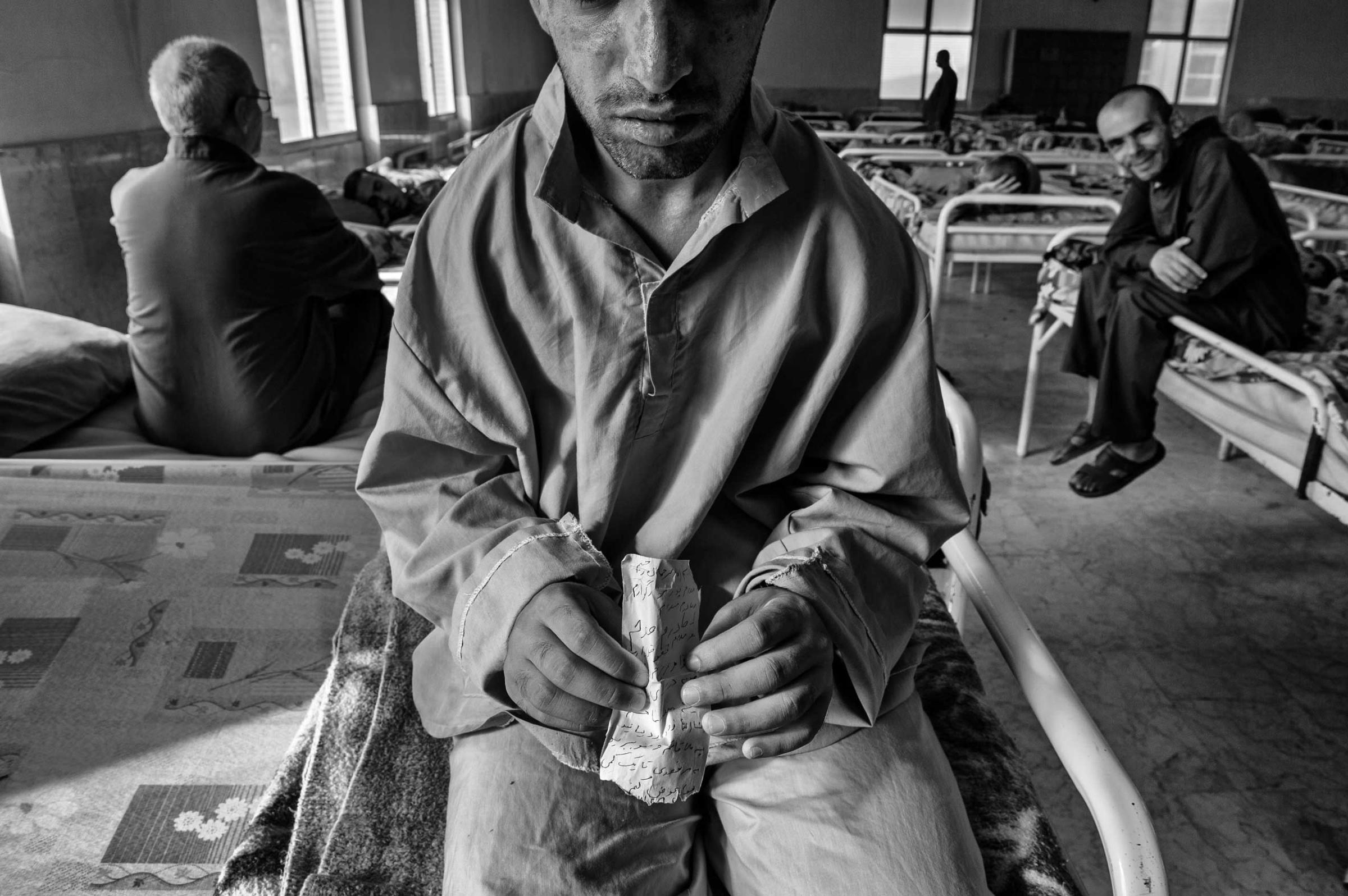



More Must-Reads from TIME
- Donald Trump Is TIME's 2024 Person of the Year
- Why We Chose Trump as Person of the Year
- Is Intermittent Fasting Good or Bad for You?
- The 100 Must-Read Books of 2024
- The 20 Best Christmas TV Episodes
- Column: If Optimism Feels Ridiculous Now, Try Hope
- The Future of Climate Action Is Trade Policy
- Merle Bombardieri Is Helping People Make the Baby Decision
Contact us at letters@time.com